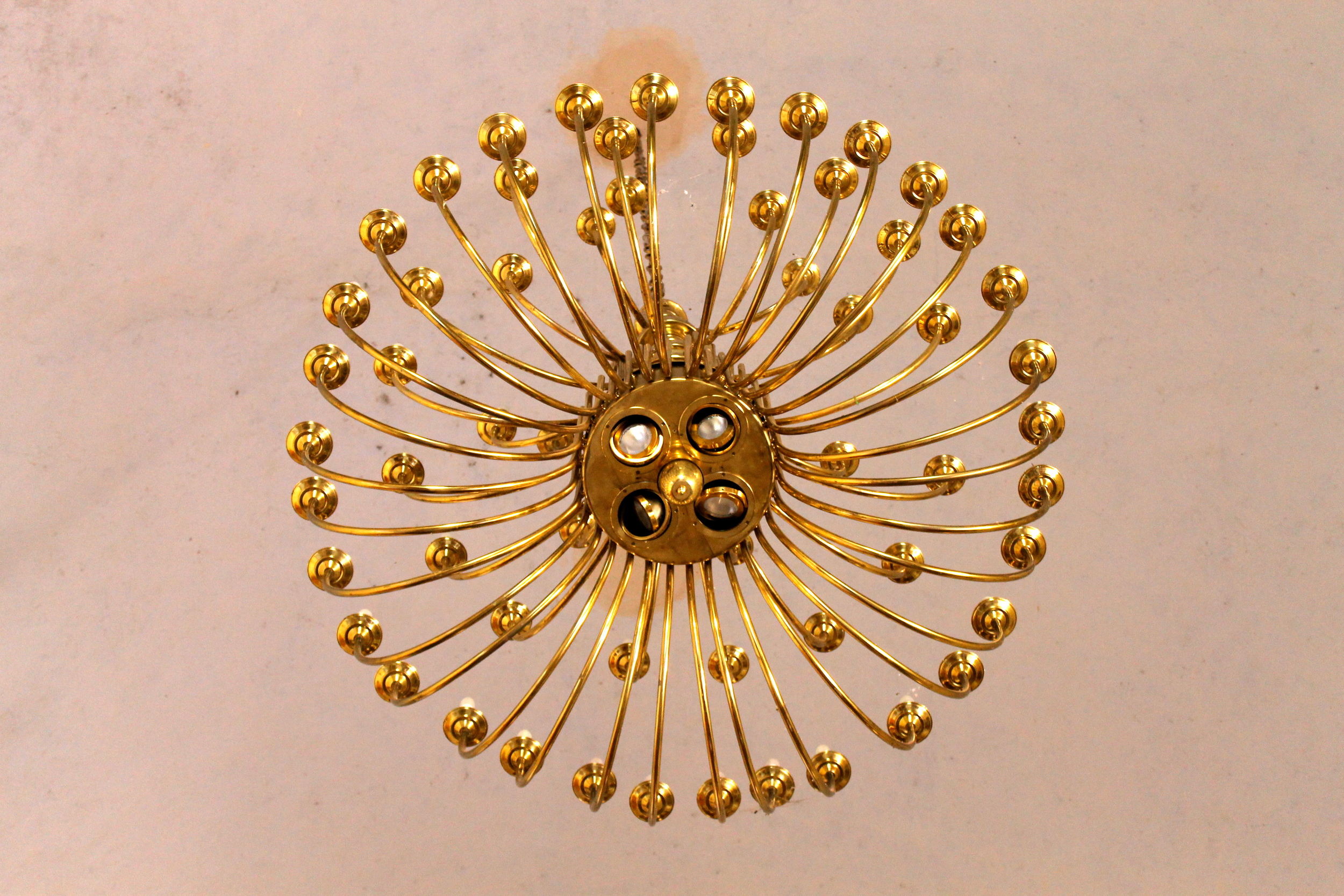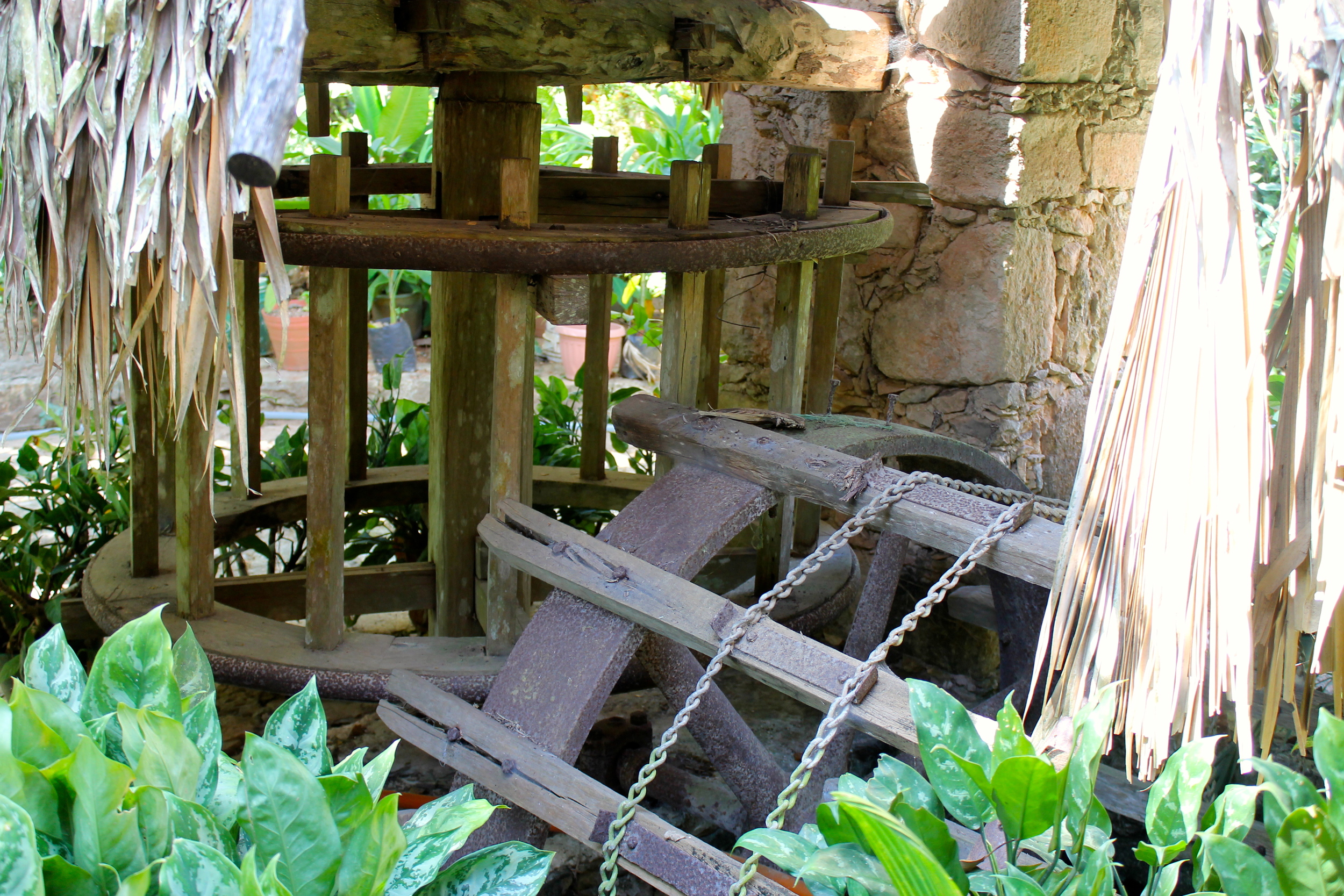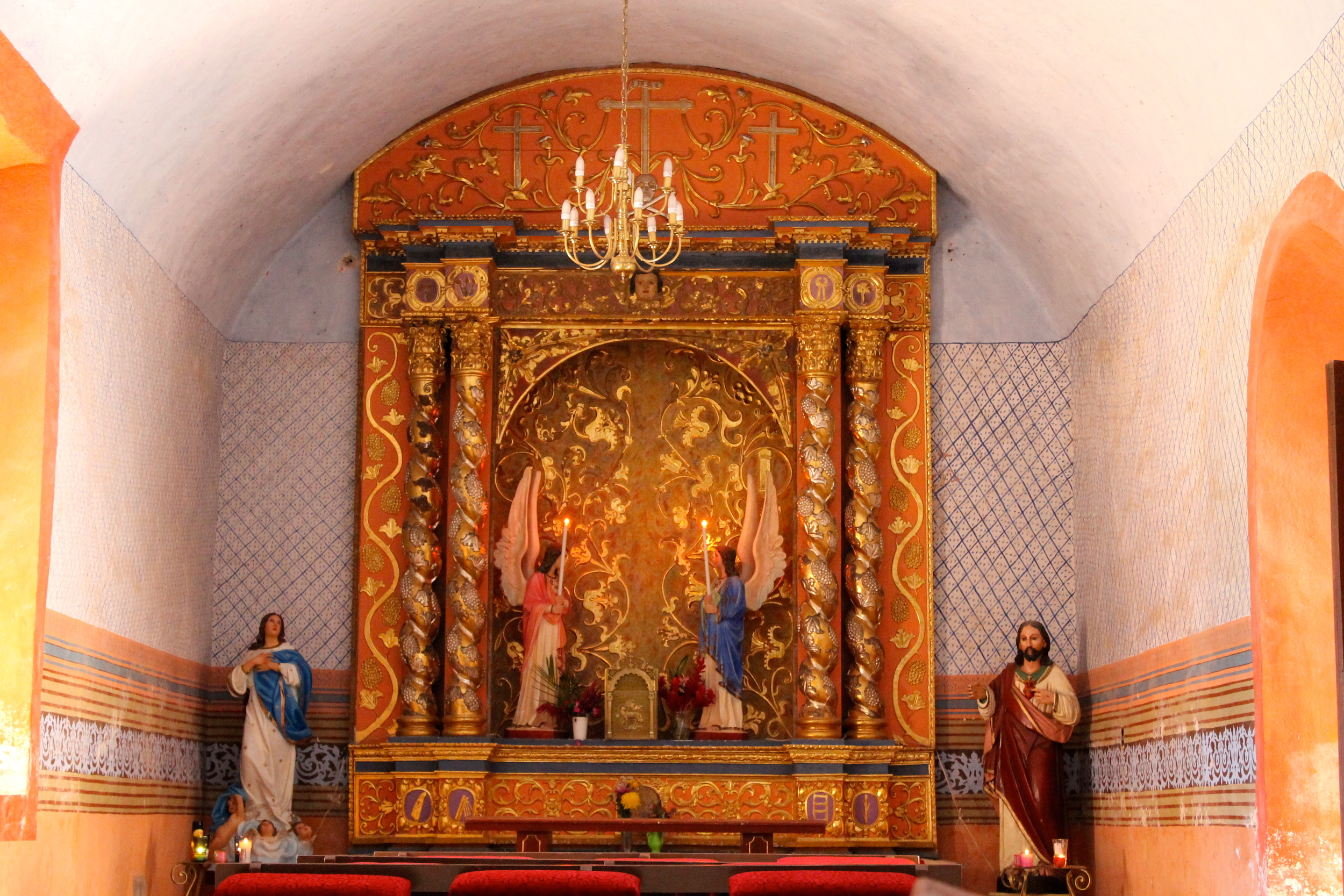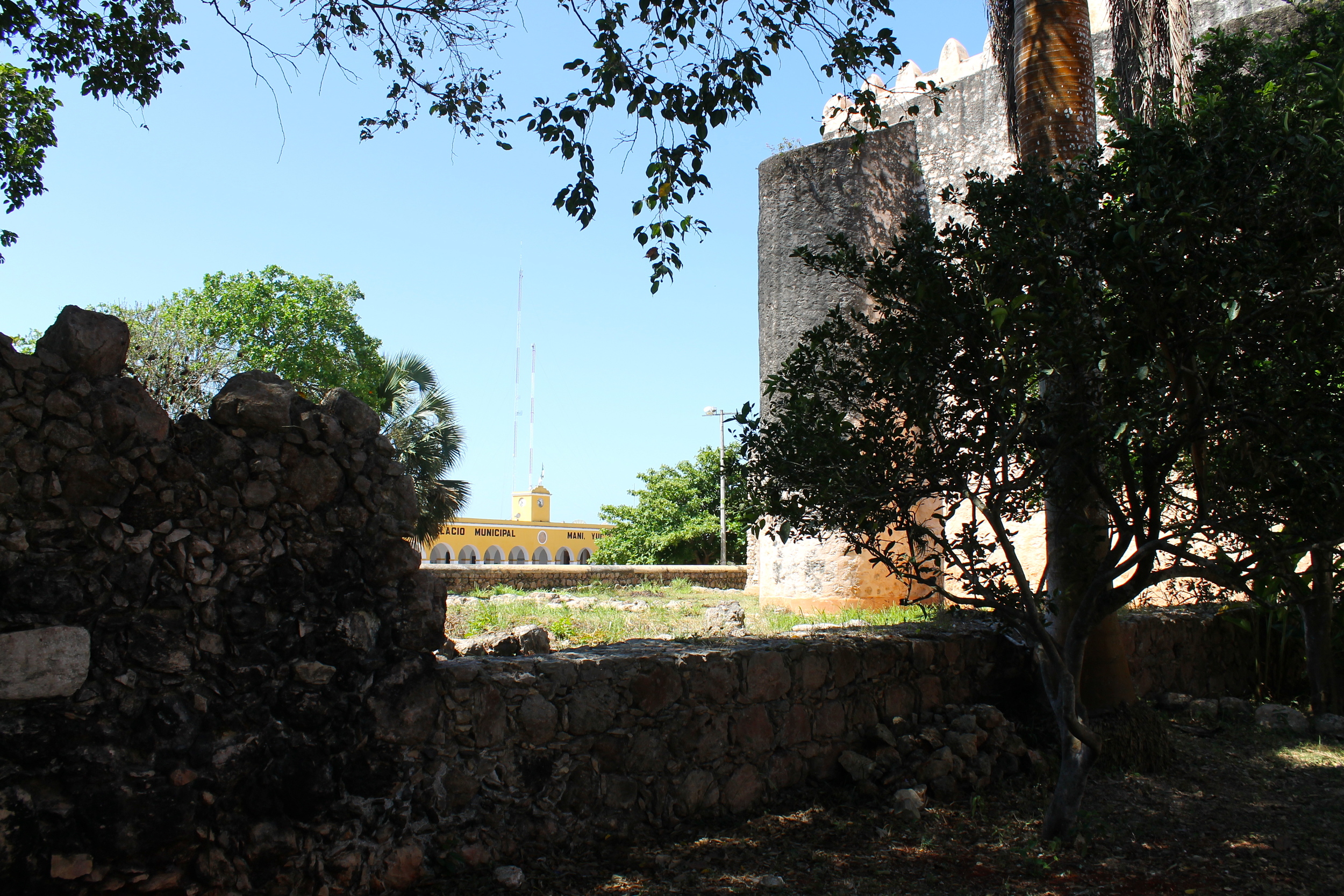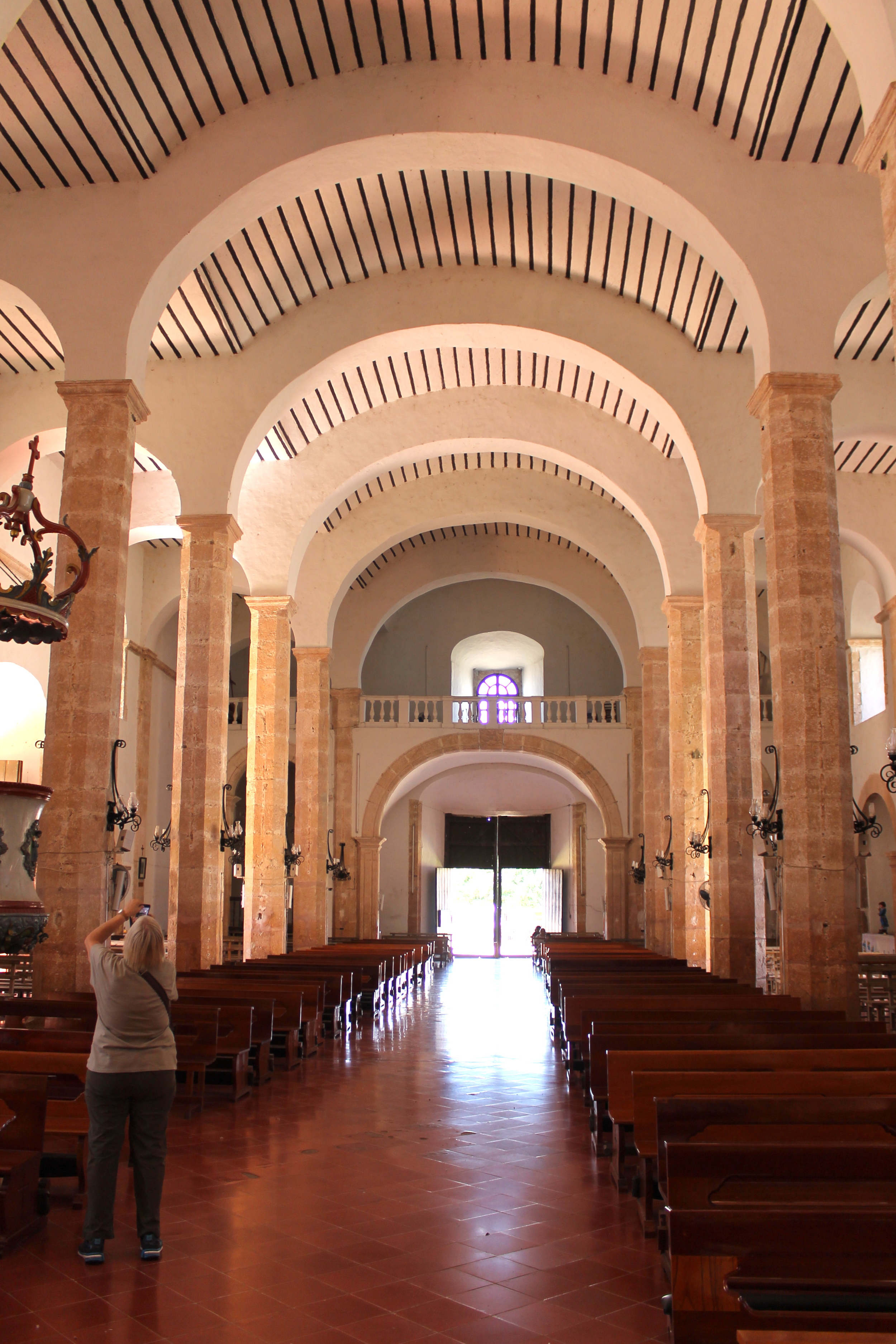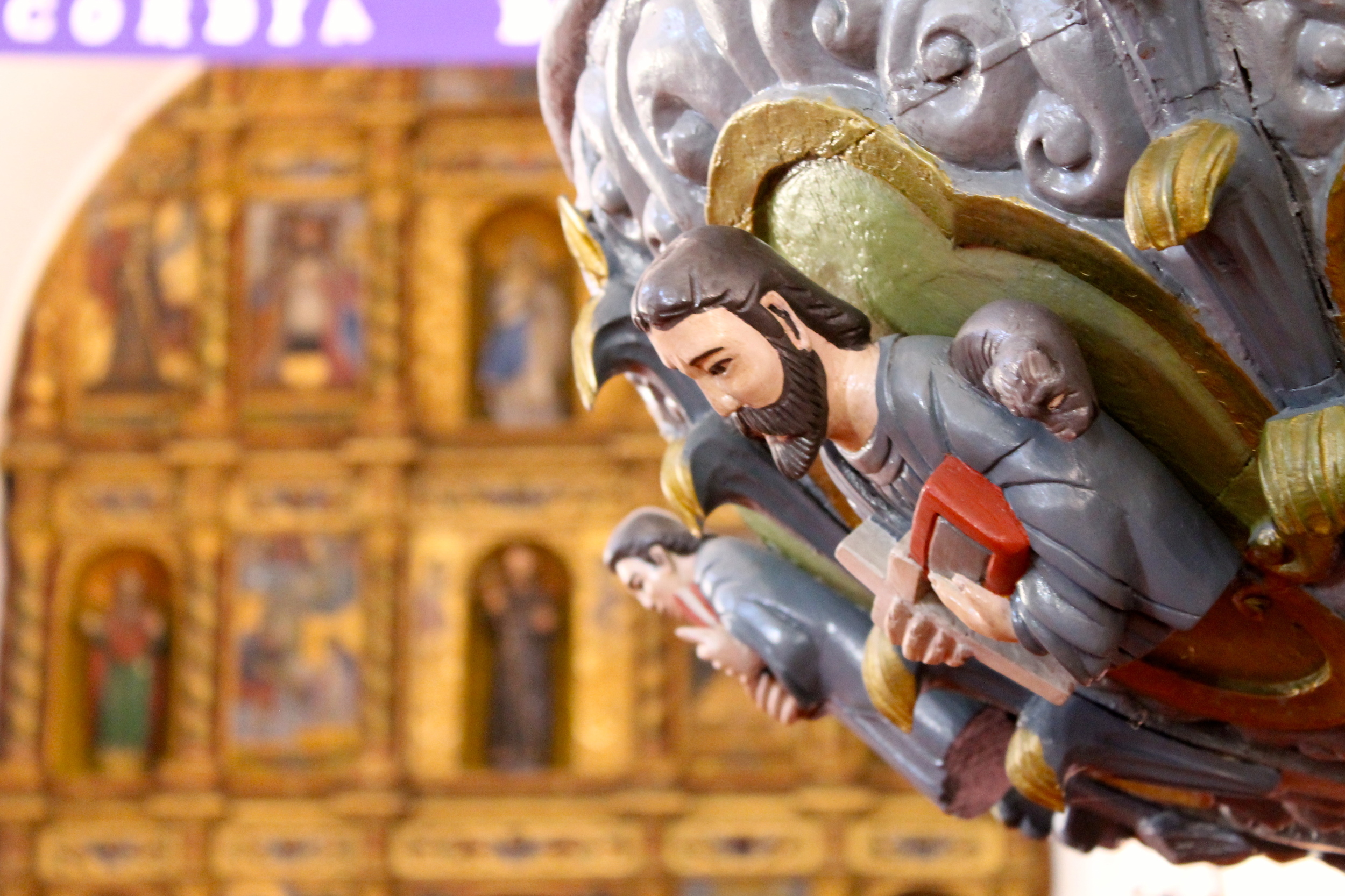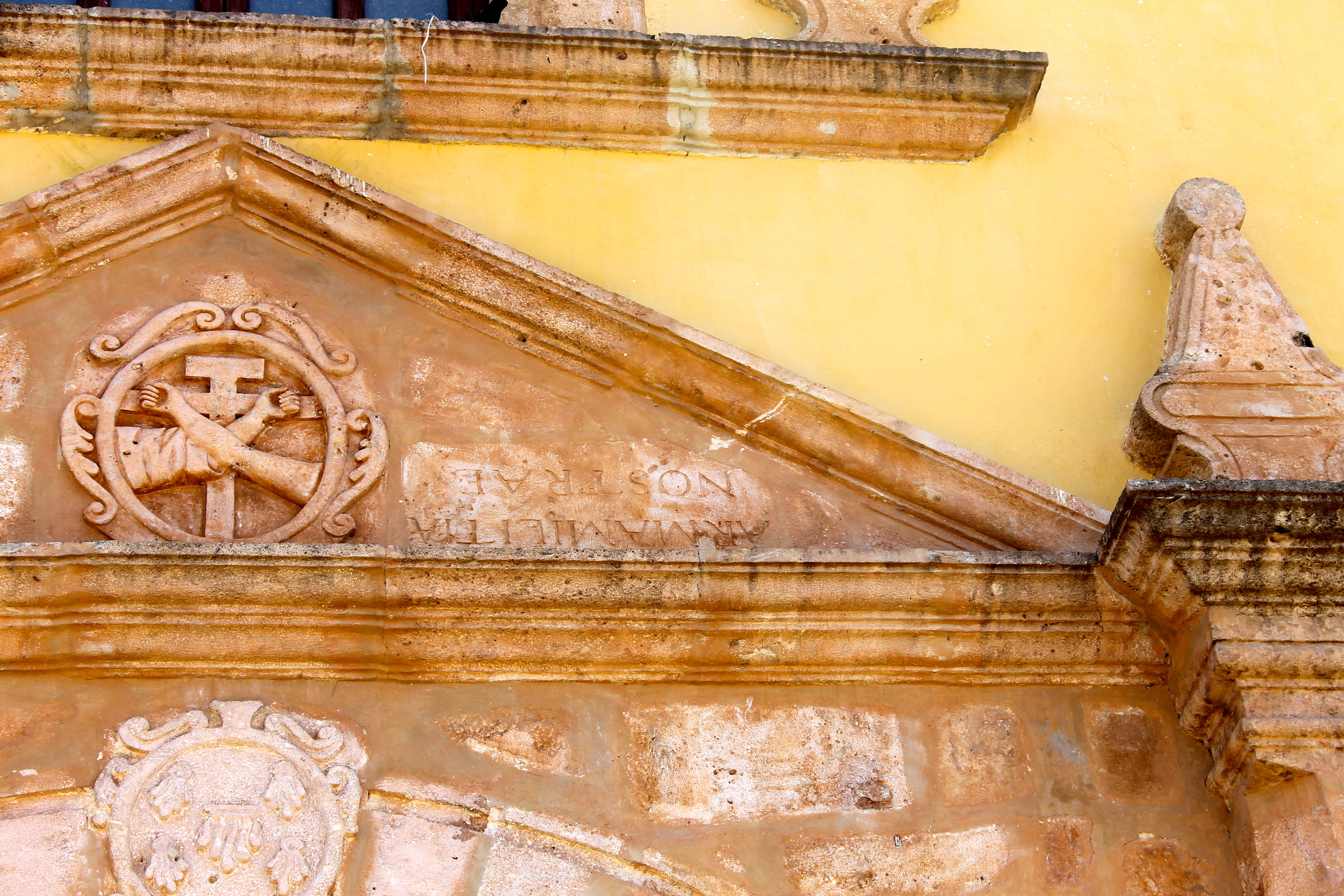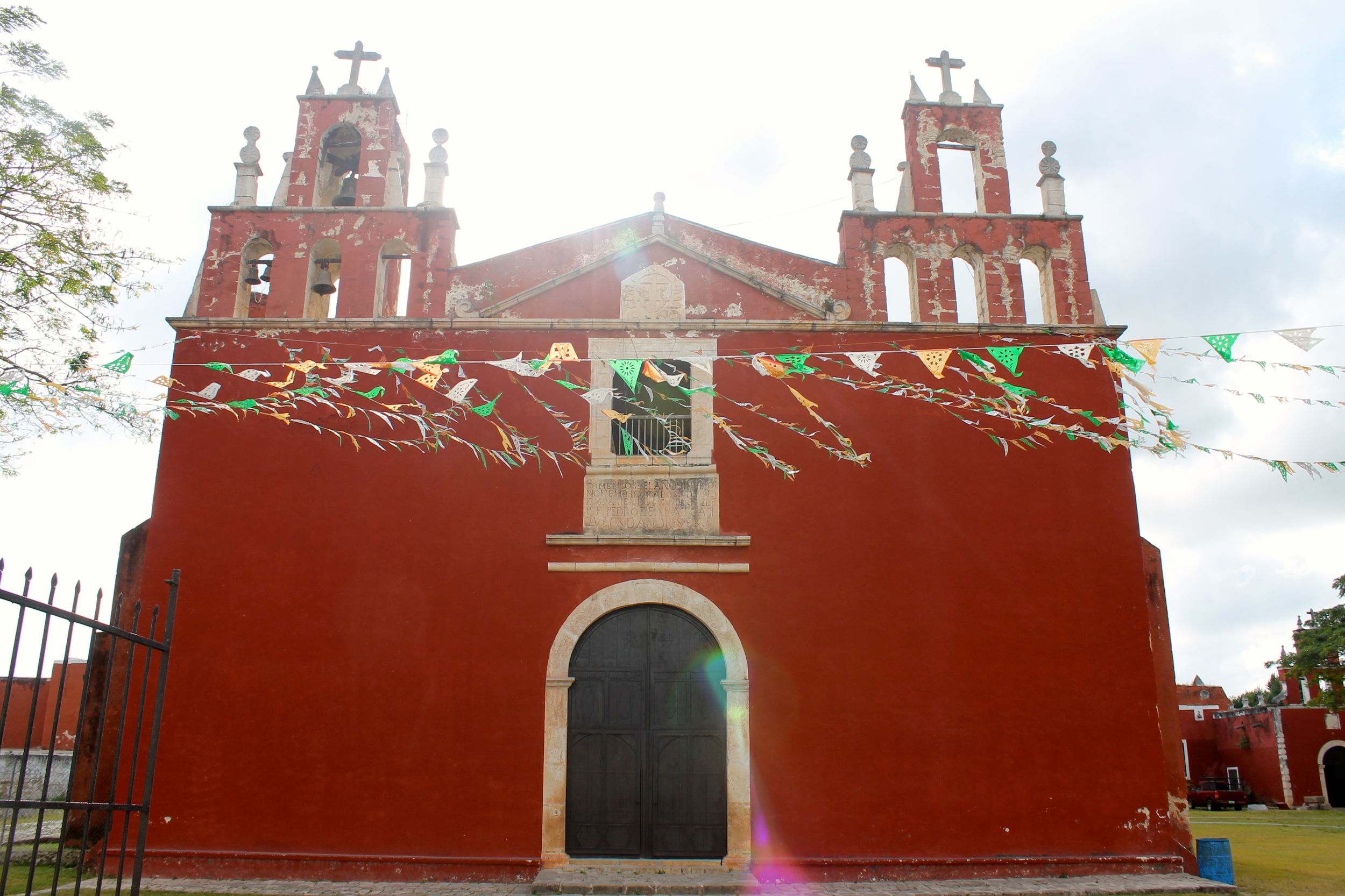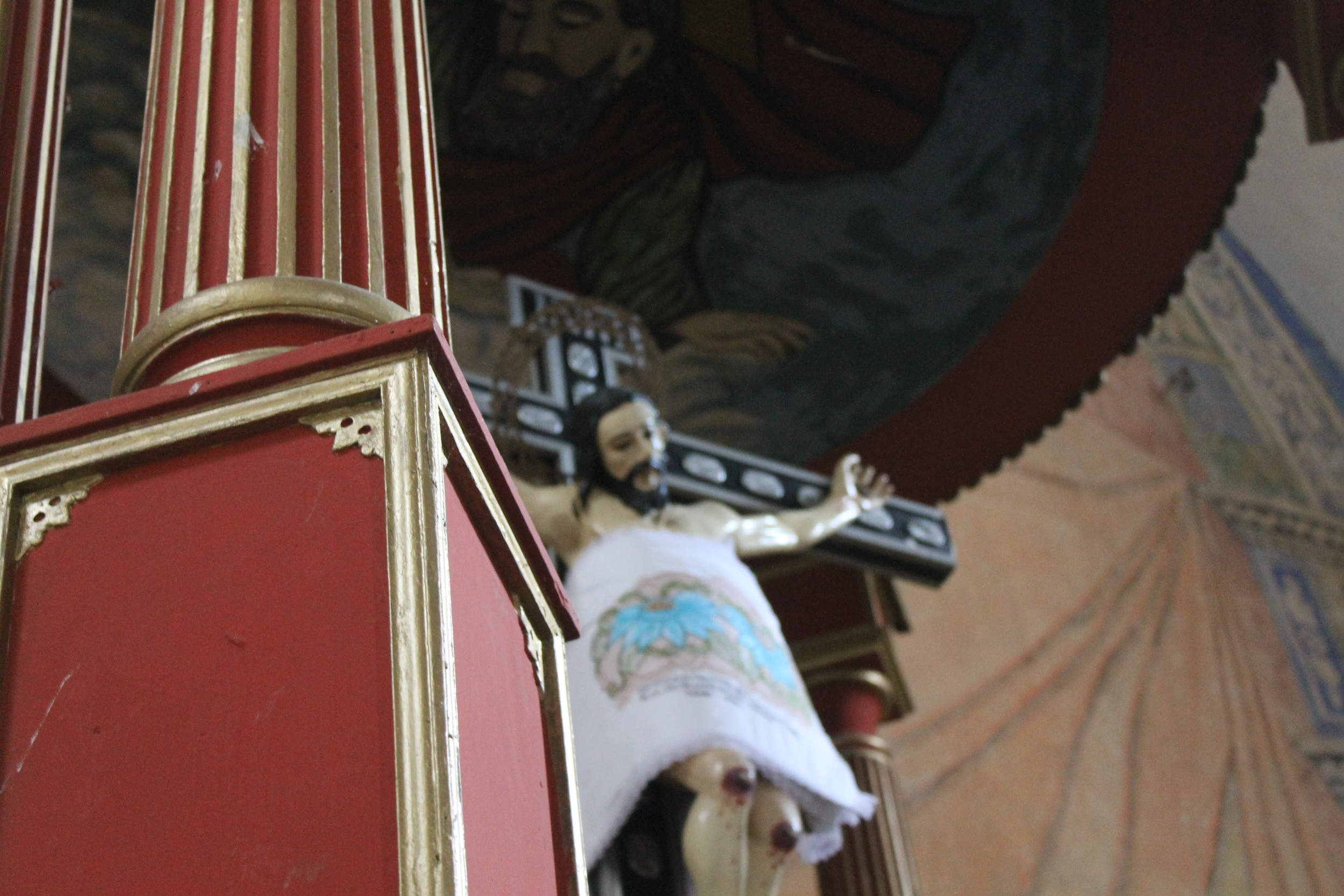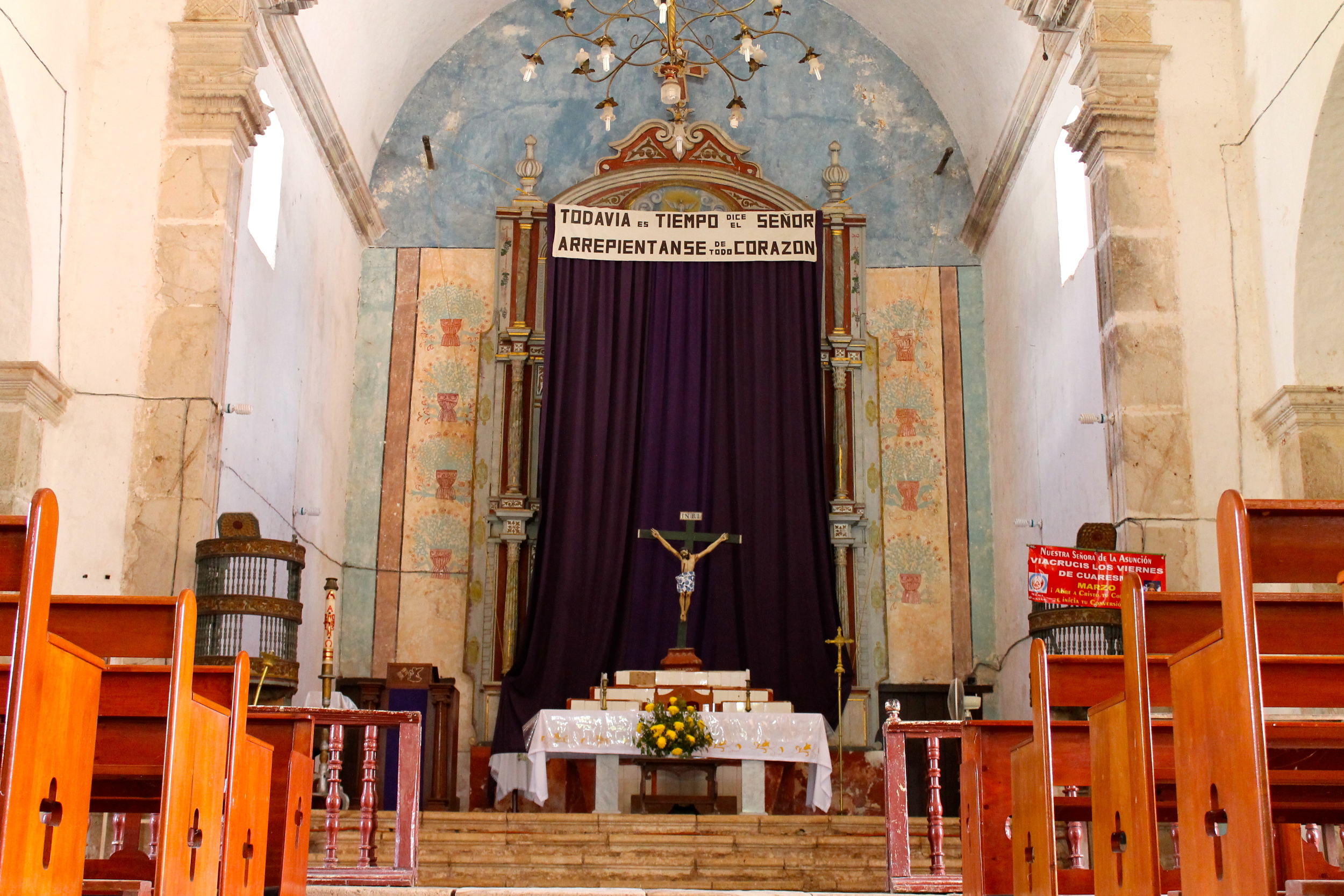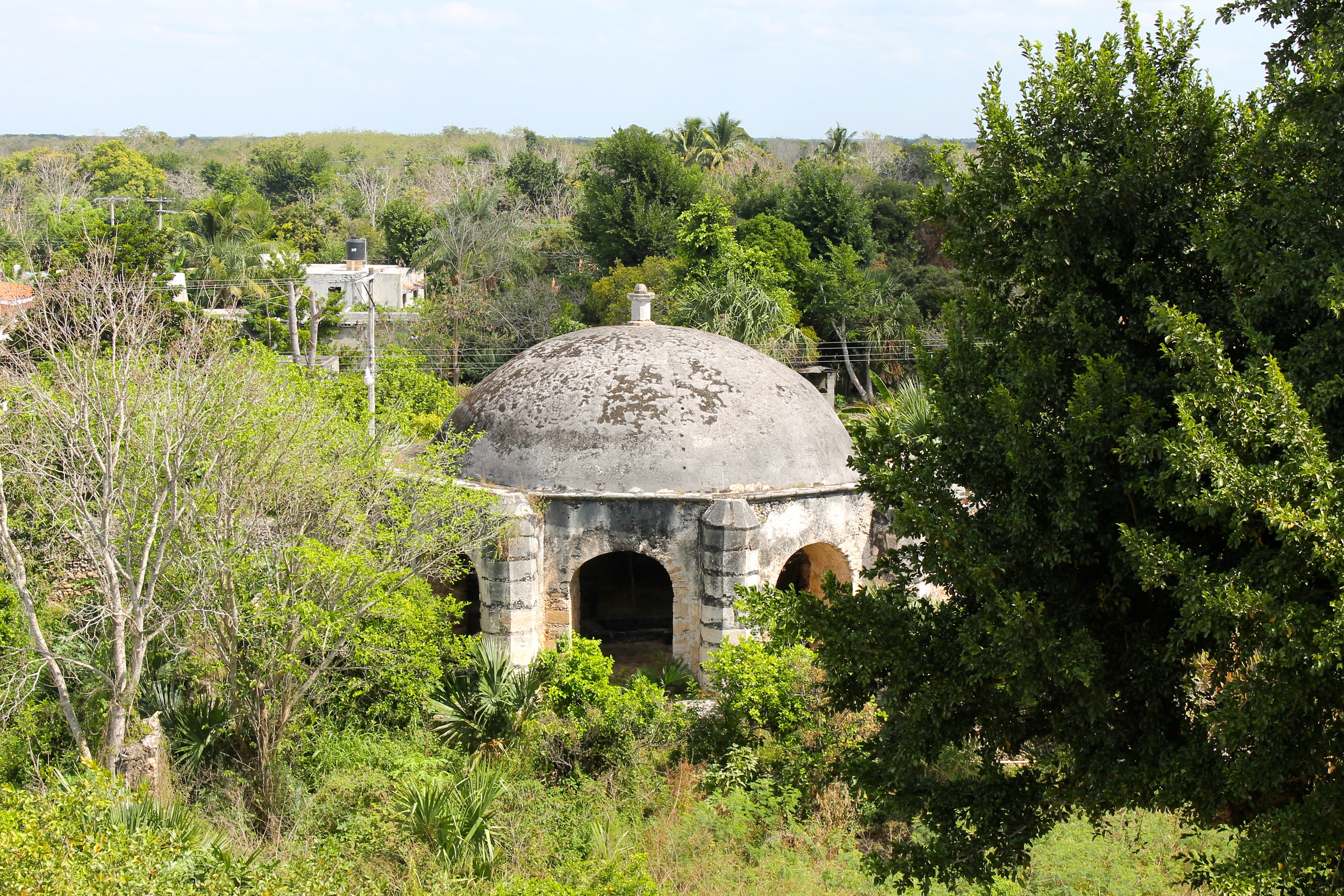The day started with a stop at Uman, which is nowhere near the so-called convent route, but since we were going to Ticul and Mani and had been the other way before, I thought the Uman-Muna route would provide some interesting views along the way. The large small town, our first stop, is where there is a giant church as well as all those insect-like mototaxis buzzing about.
Done with Uman and ready for more driving, we continued on to Muna. No church pictures there, but a huge procession/demonstration to do with Earth Day perhaps judging from the signs blocked traffic in Muna's main square while every citizen from the surrounding 17 mile radius marched in the parade. Mostly kids of school age, and in uniform.
There wasn't much to do in the traffic, limited though it was and while waiting I snapped a shot of this beautiful old home, probably once owned by some rich fat cat and now a school.
Finally, we made it to Ticul. There, after checking to see which was the best way to Mani we snapped a few shots of that church (and the surrounding street area) as well.
And then, at long last, we made it to Maní, site of the infamous auto da fé, where the charming Friar Diego de Landa, burned as much of an entire culture as one man with a mission can, effectively wiping out the great majority of the Mayans legends, stories and cultural and religious icons. Later, and in his defense when put on trial for overstepping his mandate, he wrote a book about what he had seen and how the Mayans had lived which is now the only record historians have of that time. And to put the proverbial cherry on the sundae, he was absolved of any wrongdoing by the courts in Spain and sent back to the Yucatan and was named "Protector of the Indians". Nice job, Diego.
After Maní, what else is there in the world of churches, right? Well, how about the church at Oxcutzcab? This town is famous for it's fruit market and the mural over it, but the church also has it's particular charm.
